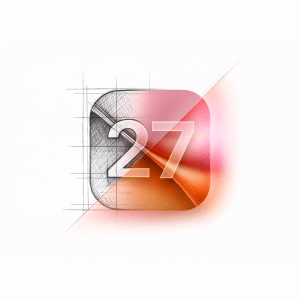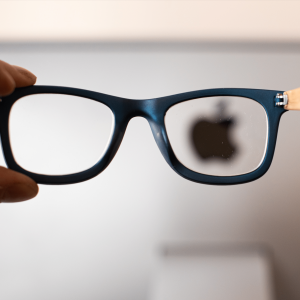 Keyboards are not something we normally associate with iOS, mainly because all of Apple’s iOS devices come with built-in, on-screen options. There are times though, that a small keyboard (like the one featured on the iPod or iPhone) just doesn’t cut it. Think about the last time you wrote an email on your handset. Was it a pleasurable experience? Sure, Apple’s internal keyboards are quite accurate, but it can be incredibly difficult to rattle off paragraph after paragraph of content without experiencing some errors. It’s for this reason that a slew of developers have attempted to create a streamlined, Bluetooth compatible add-on.
Keyboards are not something we normally associate with iOS, mainly because all of Apple’s iOS devices come with built-in, on-screen options. There are times though, that a small keyboard (like the one featured on the iPod or iPhone) just doesn’t cut it. Think about the last time you wrote an email on your handset. Was it a pleasurable experience? Sure, Apple’s internal keyboards are quite accurate, but it can be incredibly difficult to rattle off paragraph after paragraph of content without experiencing some errors. It’s for this reason that a slew of developers have attempted to create a streamlined, Bluetooth compatible add-on.
The tech world has seen concept after concept, including the traditional wireless keyboard, and the “case with a built in keyboard.” We’ve also recently seen the introduction of the laser keyboard (as outlined in a recent article we did concerning Cellulon’s Magic Cube). This futuristic add on projects a virtual, laser-outlined image of a keyboard directly onto any smooth, opaque surface. The technology works in conjunction with Bluetooth to give you an easily transportable and modern accessory. With a price point reaching well into the hundreds though, consumers may not see these laser keyboards as a very affordable or economical solution to their problem.
What we need is a keyboard that provides similar functionality to accessories like the Magic Cube, but manages to develop at a much cheaper price. A student from London, Florian Krautli, may hold the key to such a creation. His ingenious concept makes use of the iPhone’s accelerometer, rather than Bluetooth signals and infrared technologies. Krautli’s creation allows him to place a simple piece of paper (with printed keyboard keys placed in the correct order, as to mimic a standard keyboard) onto a table top and “accurately” type messages into his iPhone.
The concept is called, Vibrative, and it makes use of Apple’s impressive accelerometer technology to function. In Krautli’s setup, the accelerometer measures the characteristics of each finger tap against the table top. These vibrations are then matched up against what Krautli called “training data.” The data helps the accelerometer to determine an approximate location for where the “tap vibration” originated. All of this collective tech culminates into a virtual press onto the iPhone’s integrated on-screen keyboard.
What about the concept’s accuracy though? “Currently, the system determines the intended key correctly about 80 per cent of the time, so the data is also fed into an auto correct dictionary to ensure the words are spelled correctly,” according to The Telegraph.
That’s definitely not perfection, but pair it with Apple’s extensive built-in-spell-checker and it’s pretty darn close. It isn’t just the creation here that is turning heads either, but rather the technology that comes associated with it. Could using the accelerometer be the key to creating a cohesive iOS keyboard that doesn’t cost a fortune to develop? Hopefully so, and its entirely possible that this new concept could pave the way for innovative keyboard technologies in the future.









